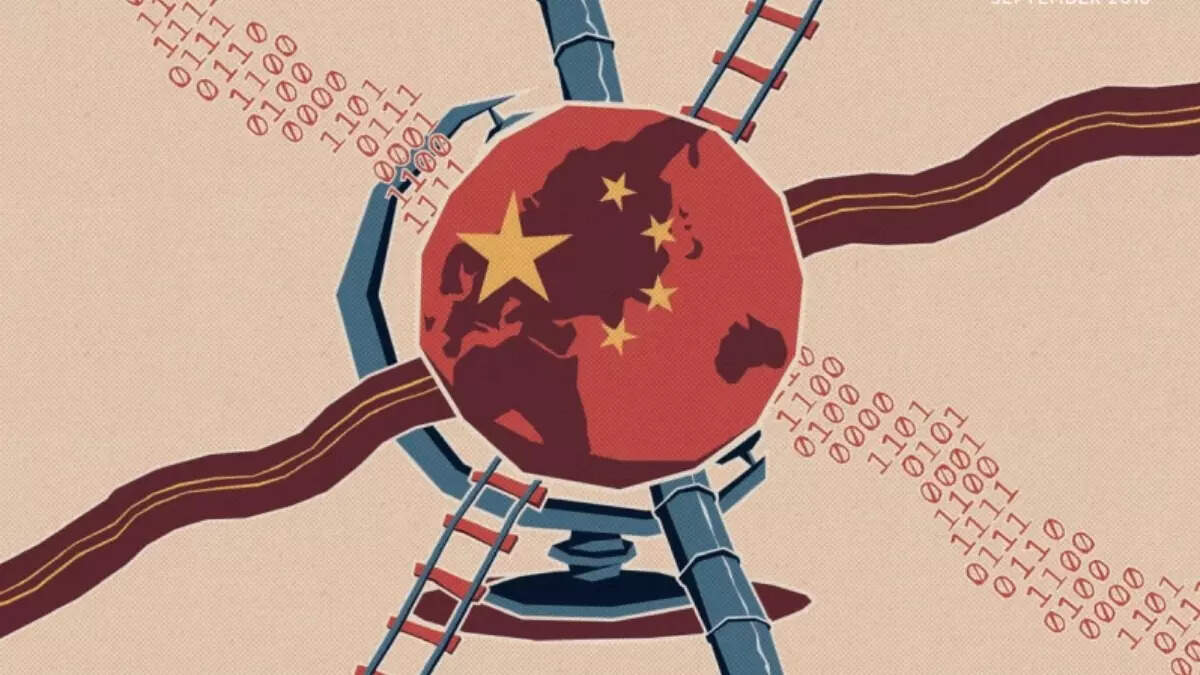
The projects under Beijing’s Belt and Road Initiative (BRI) have had a negative impact on the environment of all the countries where they have been implemented. They have increased the environmental crisis in already vulnerable regions by increasing air and water pollution and have led to water shortage and soil erosion.
According to a World Bank report, the large infrastructure projects under the BRI expose the countries and local communities to environmental and social risks. A study released by the World Wildlife Fund (WWF) and HSBC on ‘Greening the Belt and Road Initiative’ found that getting the BRI to ‘go green’ has not gained proper attention of the financial institutions and the private sector. European Foundation for South Asian Studies (EFSAS) also reported that the BRI is causing significant environmental risks.
According to a report of the Collective on Chinese Financing and Investments, Human Rights and the Environment (CICDHA), that looked at 26 projects in Argentina, Bolivia, Brazil, Chile, Colombia, Ecuador, Mexico, Peru and Venezuela, the Chinese-funded infrastructure, energy and mining projects have contributed to deforestation and water pollution. It noted that many of the projects have damaged local watersheds, either by polluting them with cyanide, metabisulfite and peroxide, or interfering with river flows that resulted in flooding or droughts.
According to a report published by the NGO Business & Human Rights Resource Centre, Chinese companies involved in the extraction of minerals have been accused of committing numerous human rights violations in other countries. According to the report, 39 Chinese mining companies are implicated in 102 cases of alleged human rights and environmental violations in a period of 2 years between January 2021 and December 2022. Human rights and environmental violations are common in Chinese overseas projects in exploration, extraction and processing of transitional energy minerals.
Since China itself is taking action domestically to achieve the goals of the Paris Climate Accord and achieve a green economy by imposing bans on deforestation and polluting industries, it is relocating these polluting industries to other partner countries, impacting their environment. Though, it has reduced the use of coal domestically, it is relocating coal based polluting power plants to other countries. Moreover, China ignores the Environment Impact Assessment while undertaking projects in other countries.
A growing Chinese role in South Asia through BRI projects is having key environmental implications. For example, in the case of Pakistan, three quarters of the newly planned energy under the CPEC will be generated from traditional coal-fired power plants, which are major contributors to the emission of CO2 and smog while promoting CPEC, Islamabad ignores this aspect of environmental implications. Moreover, there has been large-scale deforestation for the purposes of constructing road networks under the CPEC.
In Sri Lanka, construction of Hambantota Port and Norochcholai Power Plant did not meet international environmental standards with respect to feasibility studies and domestic legislation processes. It is argued that the Colombo Port City was initiated without a comprehensive Environment Impact Assessment.
Much of China’s BRI in Southeast Asia have come in the form of fossil fuel projects or natural resource extraction, which cause habitat loss, threaten wildlife and increase pollution. Southeast Asia’s fragile ecosystems and the many communities which depend on them for survival are especially at risk due to the BRI’s ever-expanding list of infrastructure projects.
Chinese-backed hydropower projects along the Mekong River, which passes through Cambodia, Laos, Myanmar, Thailand and Vietnam, have caused river flow changes and blocked fish migration, leading to a loss of livelihood for communities, which live-off the river.
Both Indonesia and the Philippines have seen massive investment in coal projects by China, which make them dependent for fossil fuels for decades. The construction of a dam in the Batang Toru rainforest in Indonesia has had devastating effects on biodiversity, leading it to be legally challenged by the Indonesian Forum for the Environment (WALHI). Seventy per cent of the Batang Toru hydropower plant is owned by the Chinese-owned State Development and Investment Corporation’s (SDIC) subsidiary, SDIC Power.
Many of BRI’s major corridors pass through ecologically sensitive areas. For example, environmental concerns have also been raised on Montenegro’s Bar- Boljare Motorway built and funded by China under the BRI. The concerns were specifically regarding the Smokovac–Mateševo section of the project, which cuts across the Tara River, through an area protected by a UNESCO Biosphere. According to a study, BRI routes passing through Cambodia, Kyrgyzstan, Laos have increased CO2 emission by 7%.
China plans to make large investments in the Polar Silk Road for shipping and drilling lanes would only be made possible by accelerating the melting of polar ice caps, which would cause massive sea-level rise and devastate thousands of coastal cities. According to Greenpeace, drilling Arctic oil will lead to over 5 degrees Celsius of global warming.
China’s projects under the BRI have caused irreversible damage to the environment. Fossil fuels make up 80% of China’s overseas energy investments through the BRI. No penalties exist for Chinese companies financing coal projects overseas and regulations are opaque. Although, China has tried to portray the BRI as environmentally friendly, concerns remain regarding the willingness of China to enforce environmental regulations in BRI projects.

